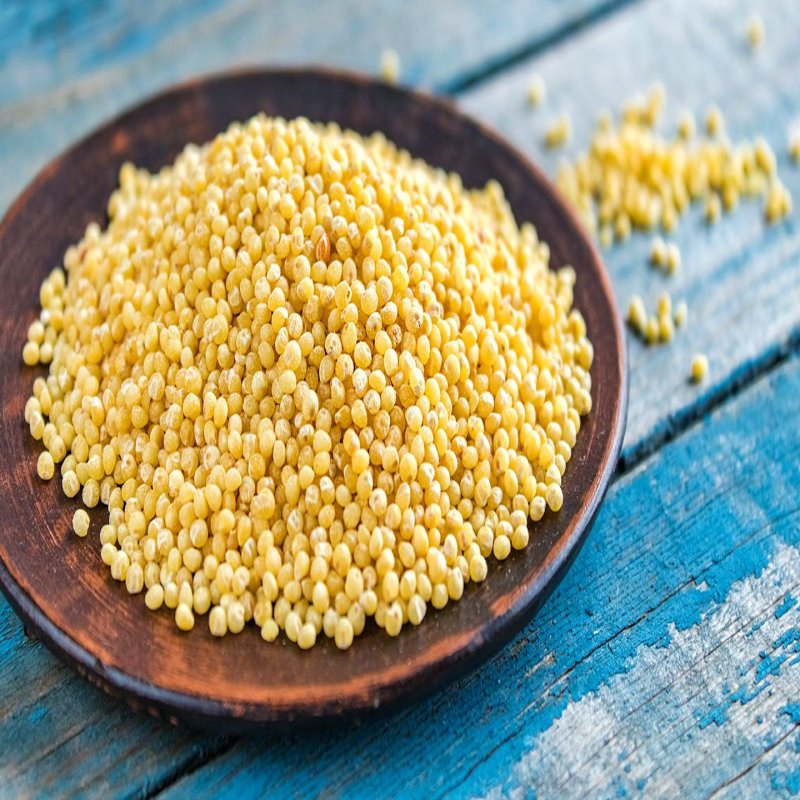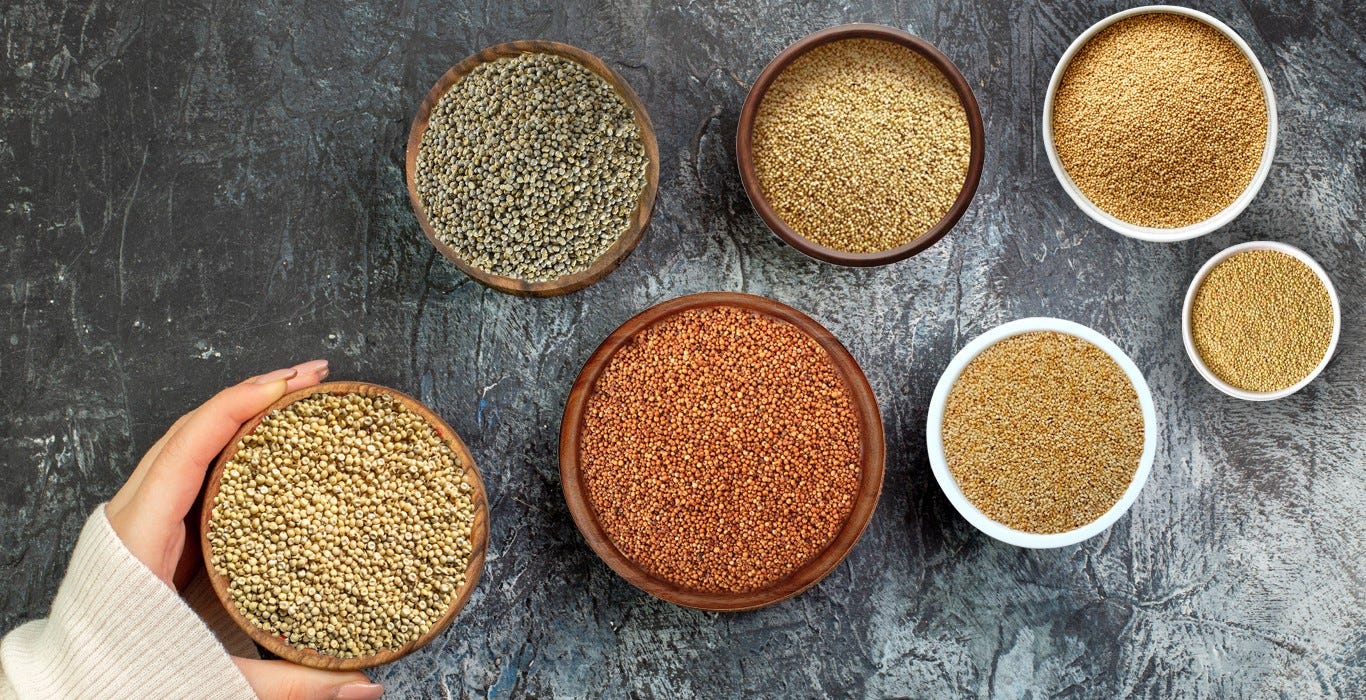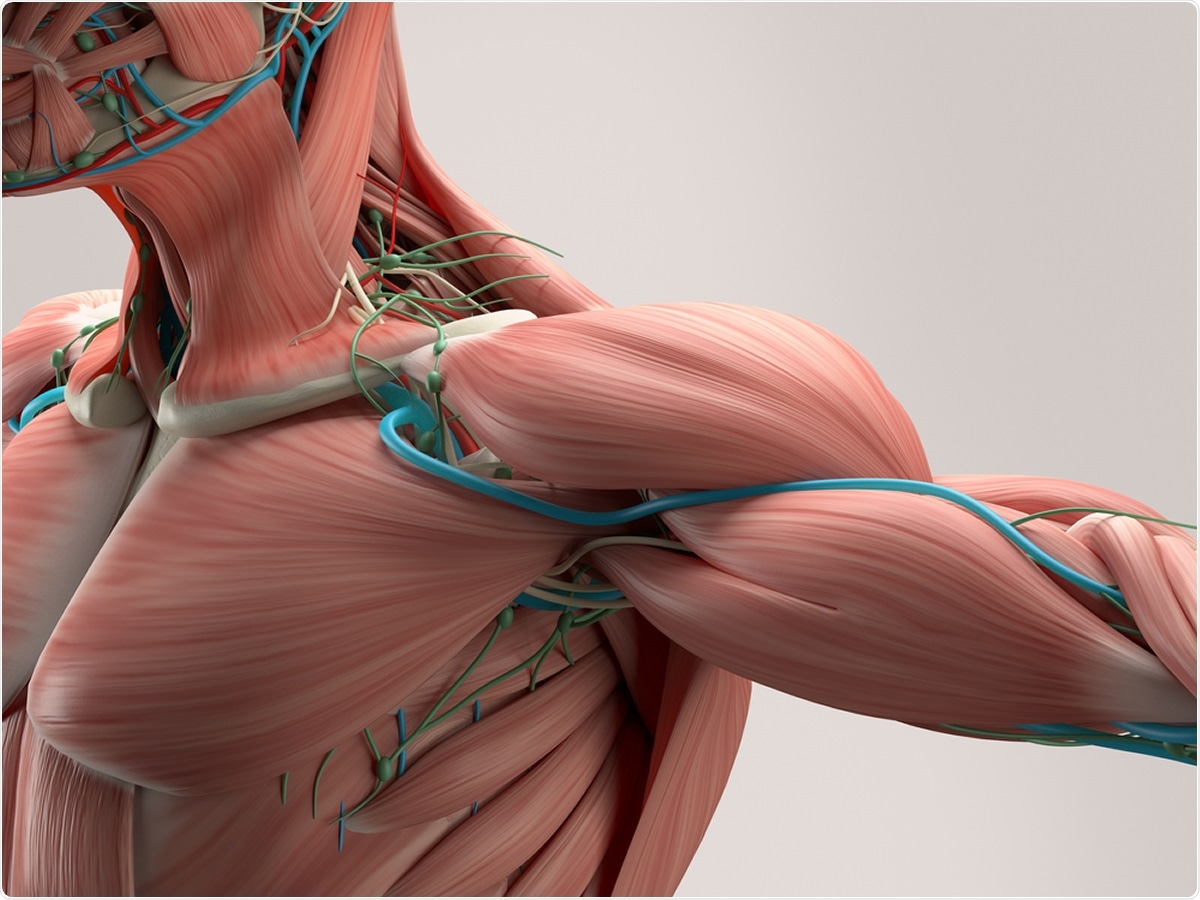
The health food industry is a highly competitive world, with new titles being bequeathed to foods at the drop of a hat. One such overused term is "superfoods." No sooner, the Western world identified some of the benefits of vegetarianism and has been trying to find a substitute for animal protein. Grains are the easiest alternate, but with the rising menace of gluten intolerance, the buck seemed to stop with the ancient grains. One such gluten-free whole grain is the ancient Indian grain family of millets.
Let’s delve deeper into understanding the health benefits of millet nutrition.
Millets are also known as ‘Bajra’ in Hindi, ‘Sajjalu’ in Telugu, ‘Kambu’ in Tamil, ‘Bajri’ in Marathi, ‘Kambam’ in Malayalam, ‘Sajje’ in Kannada, and ‘Vari’ in Gujarati. They are tiny spherical grains that come in different colors like white, grey, yellow, and even deep red. The botanical name of Millets is Eleusine Coracana.

As for some history, Millets likely originated in Africa but then spread through Asia and the Middle East as early as 10,000 years ago. The plant’s ability to survive in harsh conditions made it the perfect crop and it is still preferred today for that very reason.
Did You Know?
Millet production in India is the largest.
Millets are drought resistant and can even grow in infertile areas
It was not only consumed by men in the ancient world but also by their pets
You can use Millets for flatbreads but not for leavened bread
Types of millet
There are numerous types of Millets available throughout the world. The most common millets are Jowar (Sorghum), Bajra (Pearl Millets), Sama (Little Millets), Ragi (Finger Millets), Korra (Foxtail Millets), and Barri (Proso Millets). Bajra and Sama are high in fat, while Ragi has the lowest fat content.

Finger Millet is a type of Millet that can be popped and turned into a popcorn-like snack. Candied puffs of millet are traditionally prepared and consumed in Japan for at least 1,000 years.
Millet Nutrition
Millets contain a lot of nutrients. They are a rich source of vitamin E and B complex vitamins such as niacin, thiamin, and riboflavin. In addition, millets also contain essential amino acids like methionine and lecithin and minerals like iron, magnesium, phosphorus, and potassium. One type of phytonutrient, especially abundant in millets, is lignans. They protect against breast and other hormone-dependent cancers as well as heart disease.
Here we talk about some millet benefits and why they should form a part of your diet.
Aids in Weight Loss
Millets contain tryptophan, an amino acid that lowers appetite, which in turn helps in weight management. Additionally, millets are high in fiber and satiate hunger quickly, preventing us from overeating. They also digest at a slower rate, which helps keep the stomach full for a longer time. People who want to lose weight could include millets in any one of their main meals.

Reduces Colon Cancer Risk
Millets contain both fiber and phytonutrients, the combination of which helps reduce the risk of developing colon cancer. Additionally, lignan, a phytonutrient in millets, converts into mammalian lignan in our intestine, which protects us from breast cancer.

Lowers High Blood Pressure
Magnesium present in millets relaxes the muscles that line the inside of the arterial wall. As a result, this helps reduce blood pressure. It also reduces the severity of asthma and lowers the frequency of migraines.

Helps in Celiac disease
Celiac disease is a medical condition that is characterized by damage to the small intestine. This, as a result, interferes with the absorption of nutrients from food. People who suffer from this disease cannot process gluten. Since millets are gluten-free whole grains, they are a perfect food for individuals suffering from celiac disease.

Click here to know more about gluten intolerance!
Slows Down Muscle Degradation
Millets are high-protein grains containing lysine, an amino acid that slows down muscle degradation and helps to build leaner muscles.

Fights Ageing
Antioxidants present in Millet's fight stress and neutralize free radicals in the body. As a result, this helps in reversing the signs of aging on the skin. It also helps in maintaining the proper health of the skin by rejuvenating skin cells. Due to the presence of ubiquinone, millets are also popular as an anti-aging ingredient in beauty products to reduce wrinkles on the face.
:max_bytes(150000):strip_icc()/GettyImages-88449511-56a793c13df78cf772974df3.jpg)
How can you include Millets in your Diet?
You can eat millet as part of your breakfast cereals, in the form of porridge, as well as use it as an ingredient in soups, stews, and bread. Millets are used for the preparation of fermented alcoholic beverages in Asia and Africa. Green leaves and early tillers of millet are used as animal fodder in Asia. Millets are mostly popular as food for birds in America.

Millets are commonly cooked as porridge to enjoy in the morning (great when you are tired of oatmeal!), but there are many other ways to use millets. You can toss raw millets into cookies, muffins, or quick bread for extra crunch. You can use it to thicken soups or as a base for warm grain salads of your choosing. Additionally, you can use millet as a binder for veggie burgers and instead of rice in a stir-fry. Millets also make a wonderful dessert when you mix them with non-dairy milk, nuts, and sugar.
Now you know the incredible benefits of millet, so what are you waiting for? Include these gluten-free whole grains in your diet and reap their benefits. Don’t forget to share your experience in the comments box below.
Nutrition Information
100g of Millets provides 382 Calories, Carbohydrates – 75g (Dietary Fiber – 3.5g, Sugar – 1.7g), Protein – 11mg, Fat – 4.3g (saturated fat – 0.5g), Sodium – 4mg, Potassium – 195mg
The percentage daily value of Iron – is 22%, Calcium – 1% (based on a 2,000-calorie diet).


.png)


